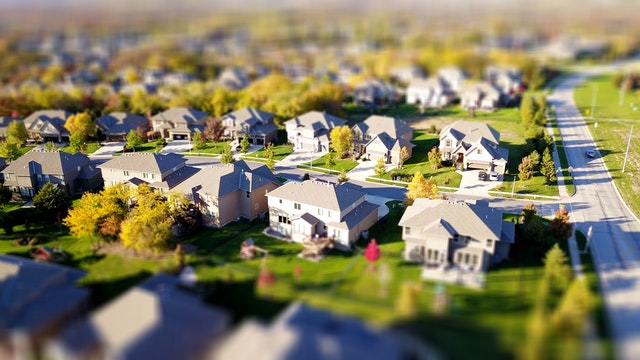Location is an indisputable cornerstone when it comes to deciphering the impact on real estate values. In the intricate dance of property valuation, location serves as the lead partner, guiding the steps of prospective buyers and investors. It is not just about the physical coordinates on a map; it encompasses a multitude of factors that shape the desirability and perceived worth of a property. One of the most significant influences of location on real estate values is proximity to amenities and services. Properties nestled in vibrant, well-connected neighborhoods tend to command higher prices due to the convenience they offer. Access to top-notch schools, healthcare facilities, shopping centers, and recreational venues adds layers of appeal, attracting families and individuals alike. The convenience of transportation infrastructure, such as highways, public transit, and airports, further amplifies the allure of a location, facilitating effortless commutes and connectivity to broader regions. Beyond mere convenience, the character and ambiance of a neighborhood play a pivotal role in shaping real estate values.

Historical significance, architectural charm, and cultural vibrancy imbue certain locales with a unique allure, fostering a sense of community and identity. Quaint cobblestone streets lined with charming cafes and boutiques evoke a romantic charm that transcends mere property boundaries, enticing discerning buyers willing to pay a premium for the lifestyle they offer. In contrast, areas plagued by crime, pollution, or urban decay often suffer from depressed real estate values. The stigma attached to these locations can be a formidable barrier, deterring potential buyers and investors despite any intrinsic merits the properties may possess. Efforts to revitalize such neighborhoods through urban renewal initiatives or community-driven revitalization projects can gradually reverse this trend, breathing new life into once-neglected areas and bolstering property values in the process. The natural landscape also exerts a profound influence on real estate values, with scenic vistas and proximity to bodies of water commanding significant premiums.
Properties boasting panoramic views of mountains, lakes, or oceans evoke a sense of tranquility and luxury, offering an escape from the hustle and bustle of urban life. Waterfront properties, in particular, hold an enduring appeal, with their access to recreational activities and picturesque surroundings making them highly sought-after commodities. In addition to the tangible attributes of a location, macroeconomic factors such as job opportunities, economic growth, and demographic trends can significantly impact real estate values. Cities experiencing robust job growth and a flourishing economy often see a corresponding surge in property values as demand outstrips supply and read more. Conversely, regions grappling with economic stagnation or population decline may face downward pressure on real estate prices, as dwindling demand exacerbates oversupply. In essence, location serves as the linchpin of real estate valuation, weaving together a complex tapestry of tangible and intangible factors that shape the desirability and value of a property. From the convenience of amenities and transportation to the character of the neighborhood and broader economic trends, each facet plays a pivotal role in determining the worth of real estate assets.